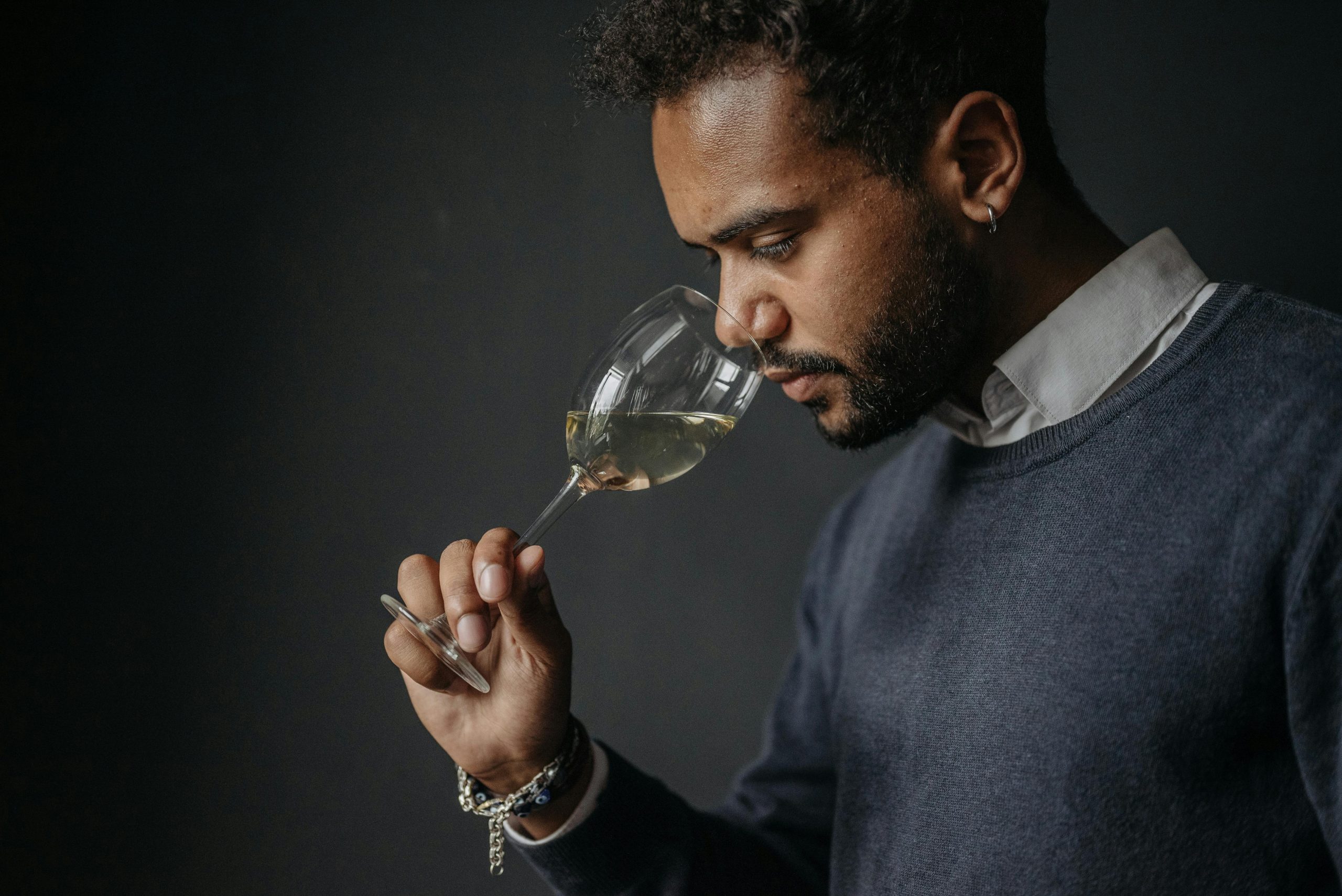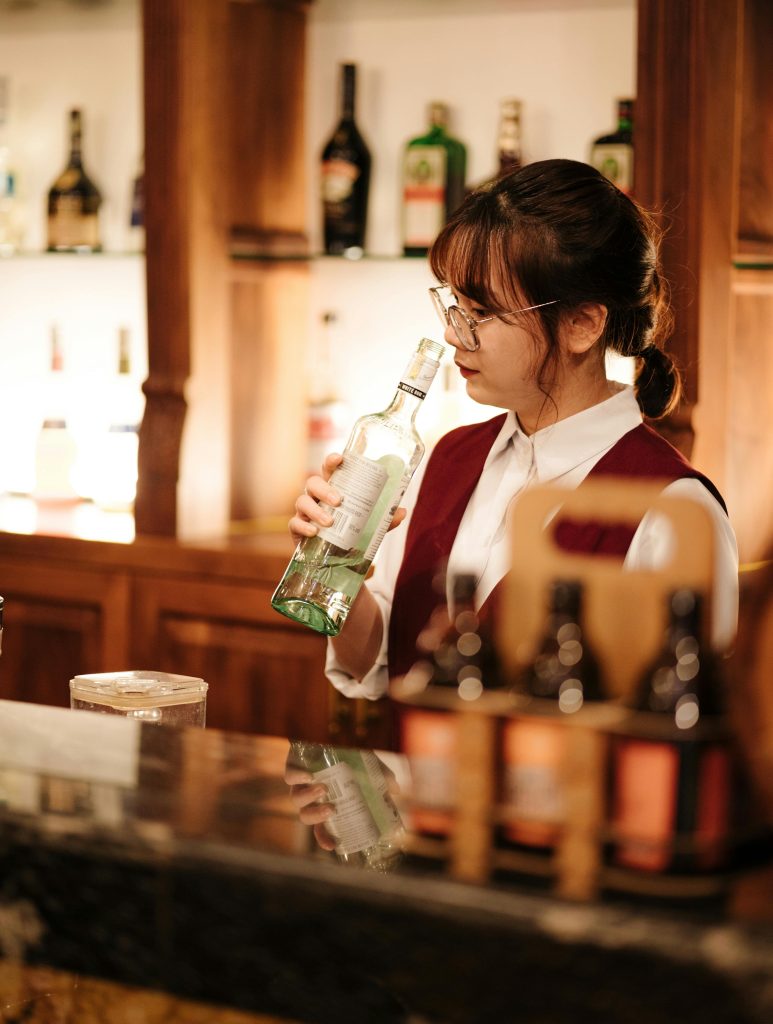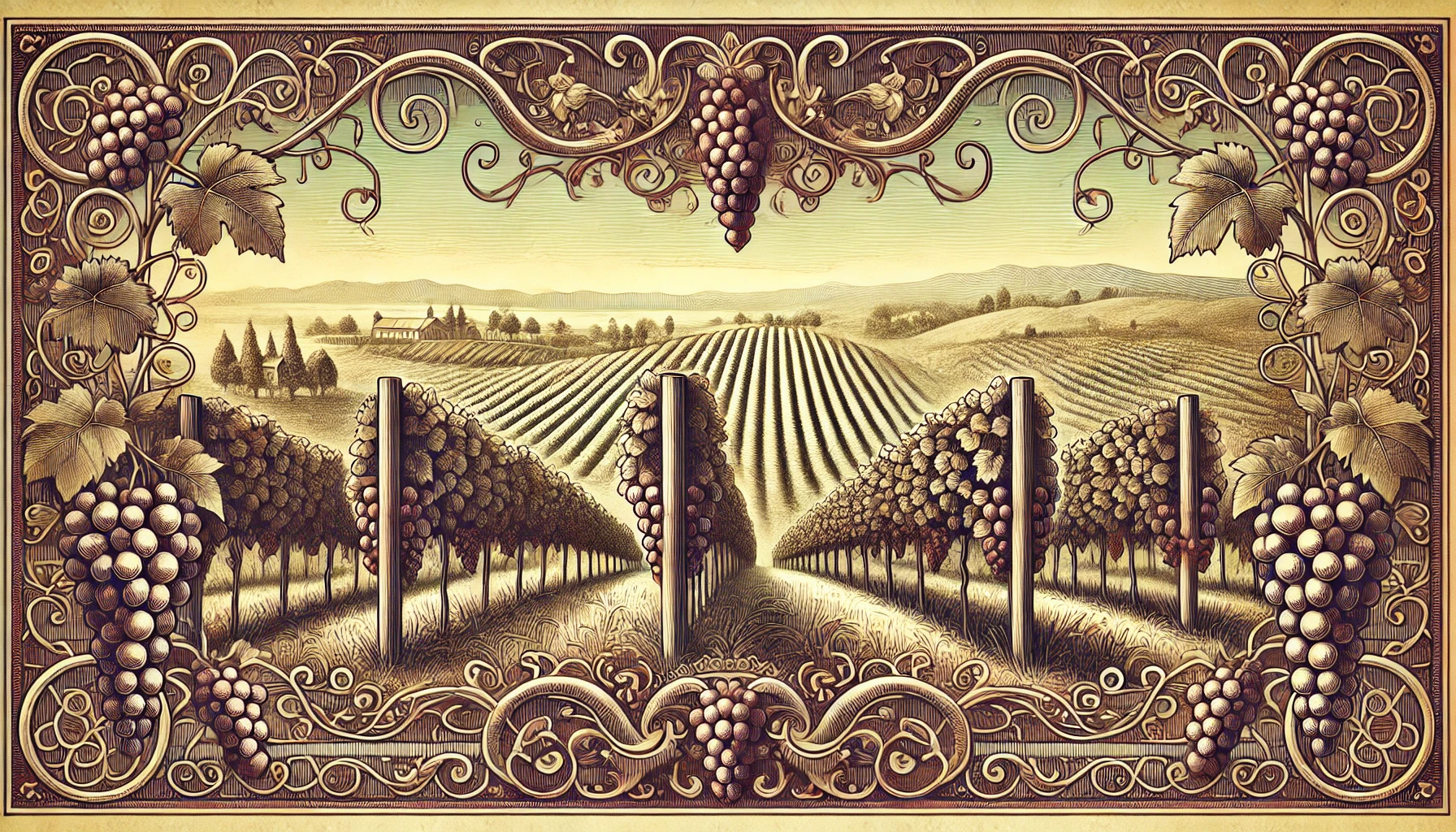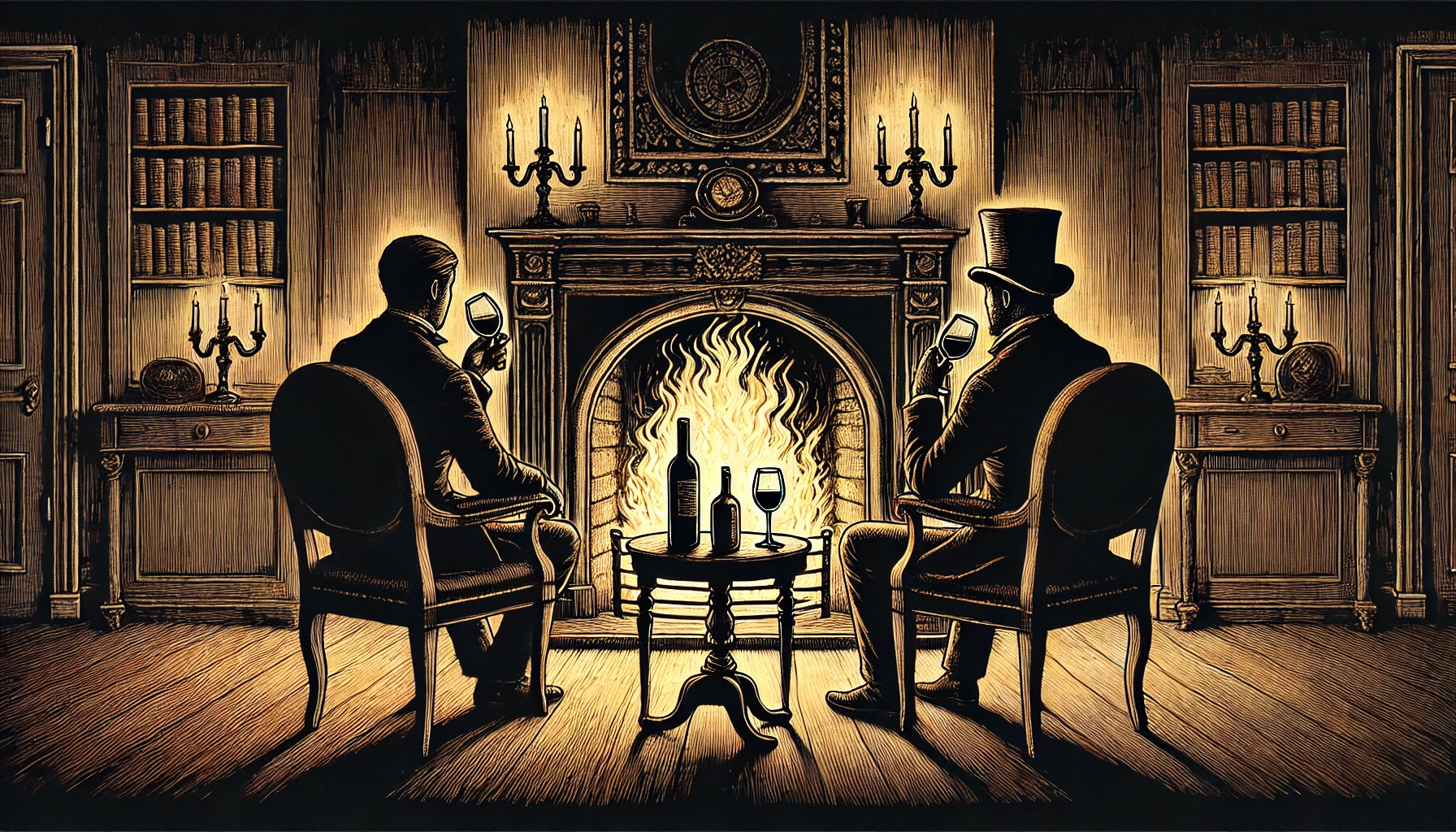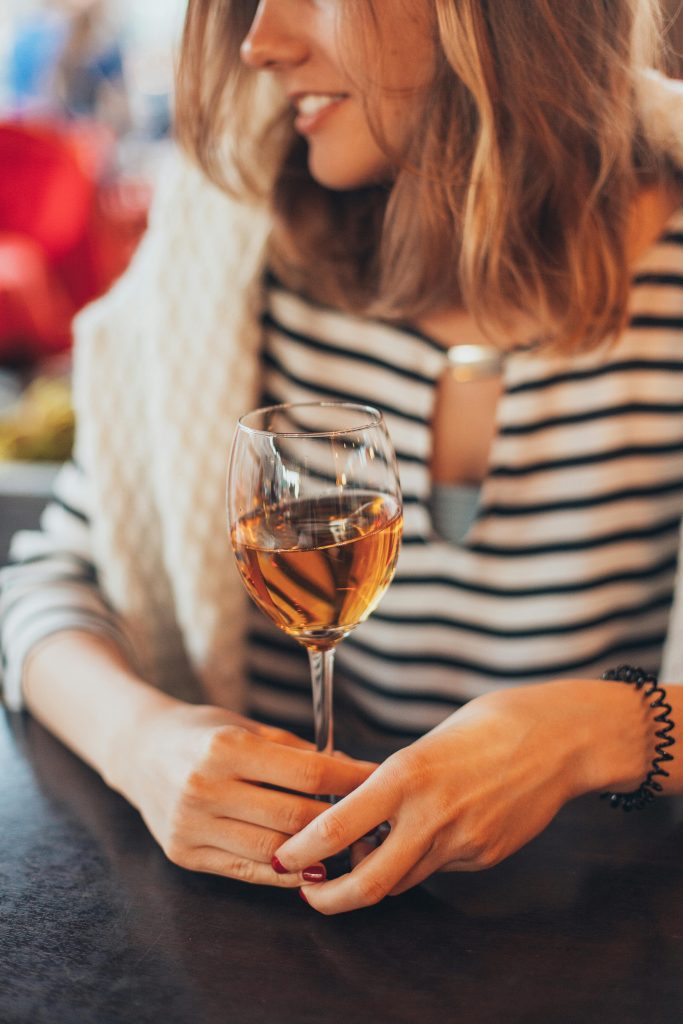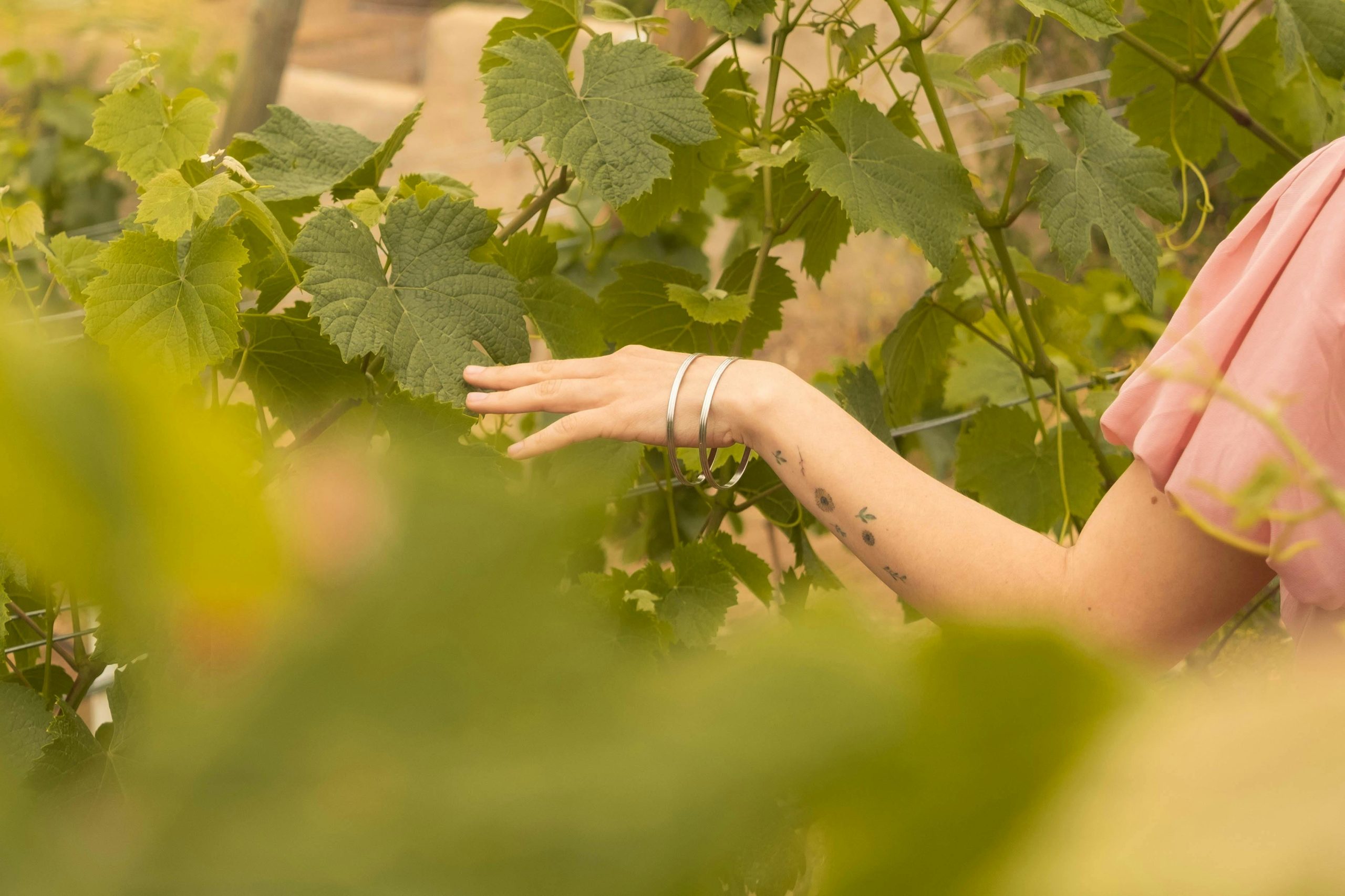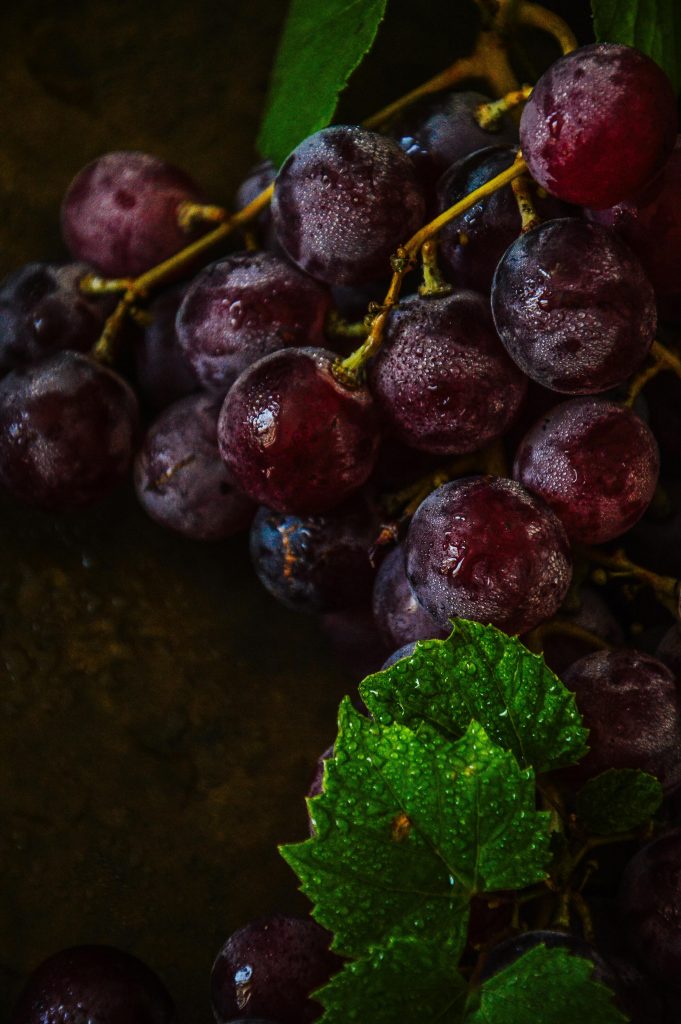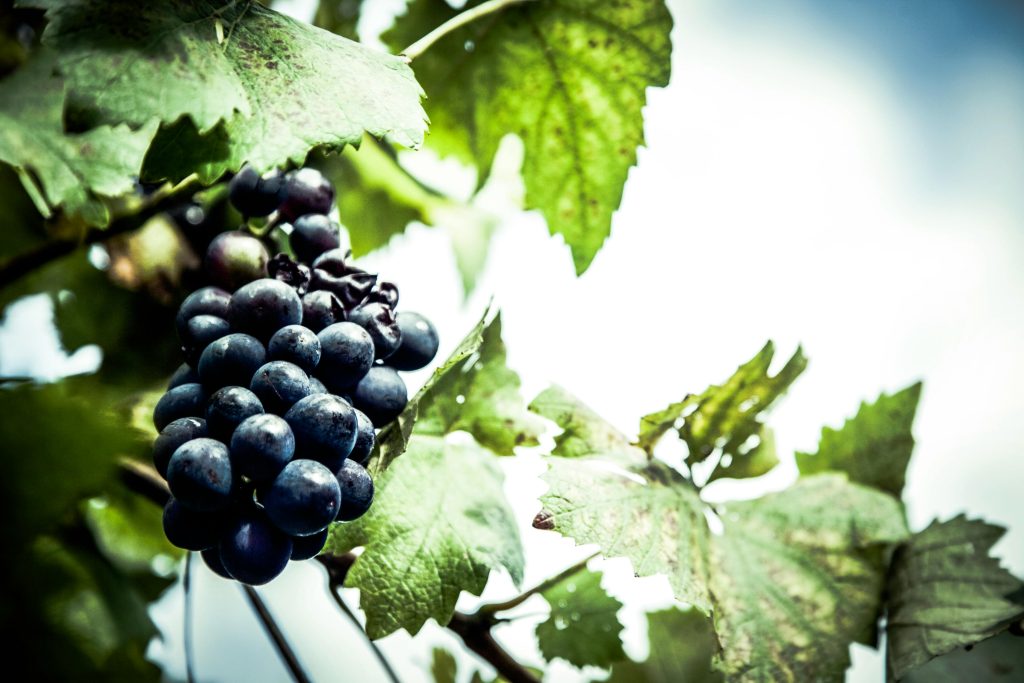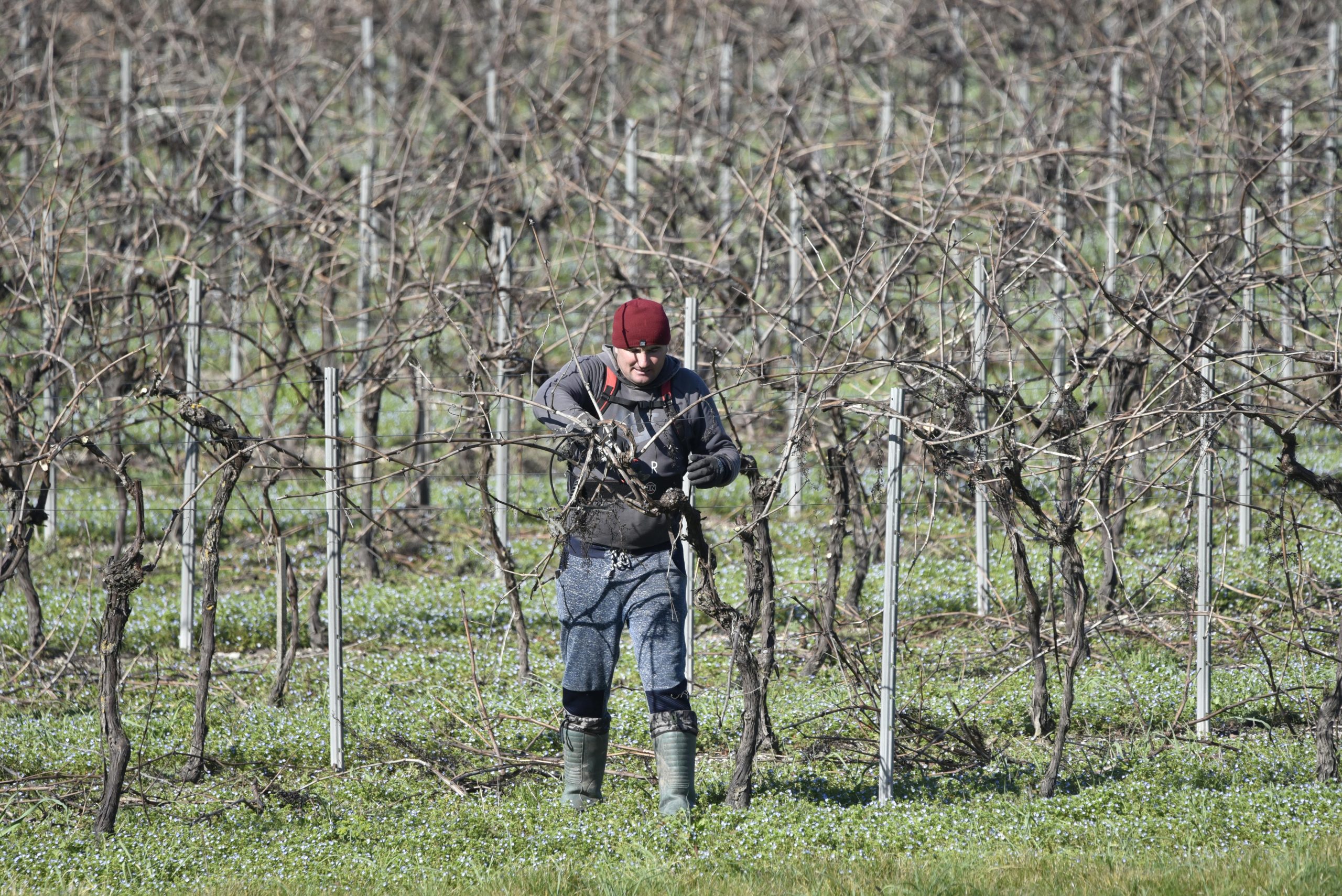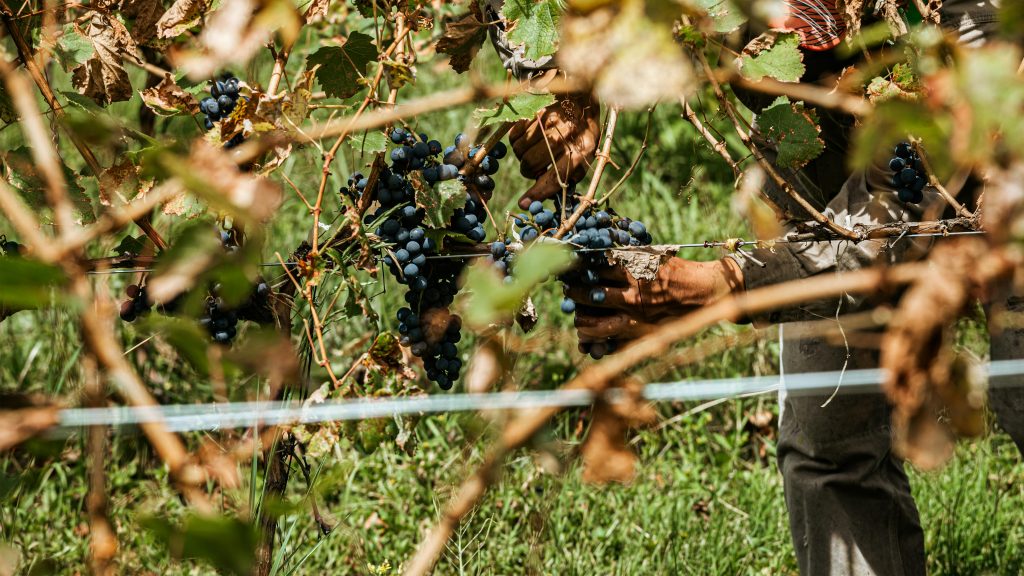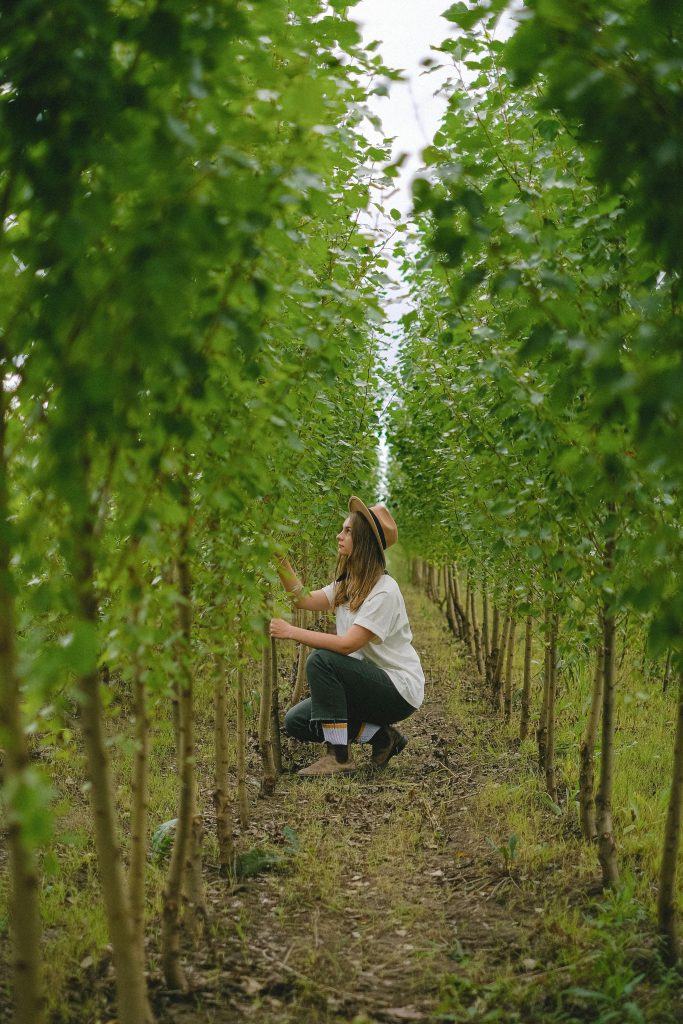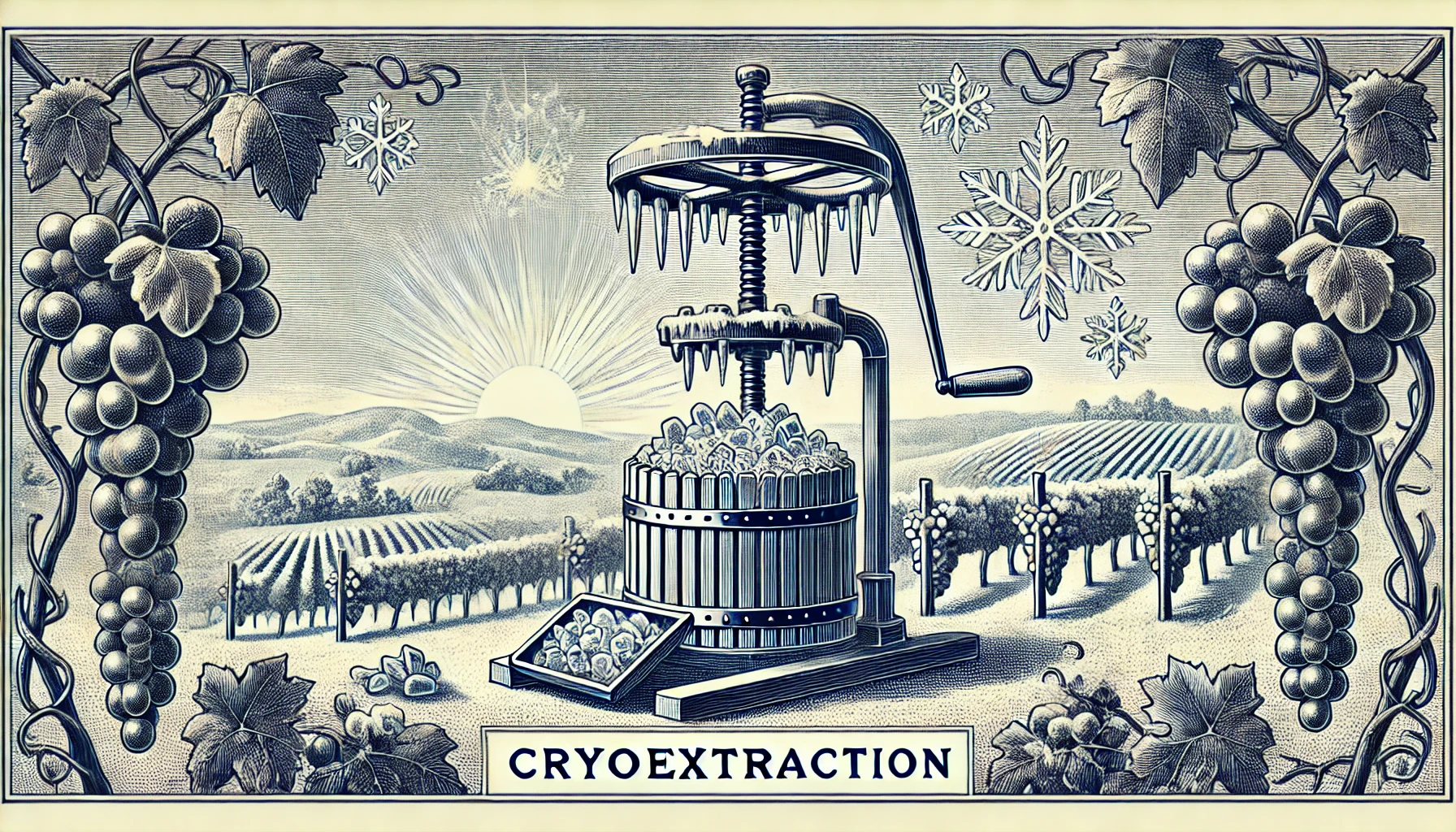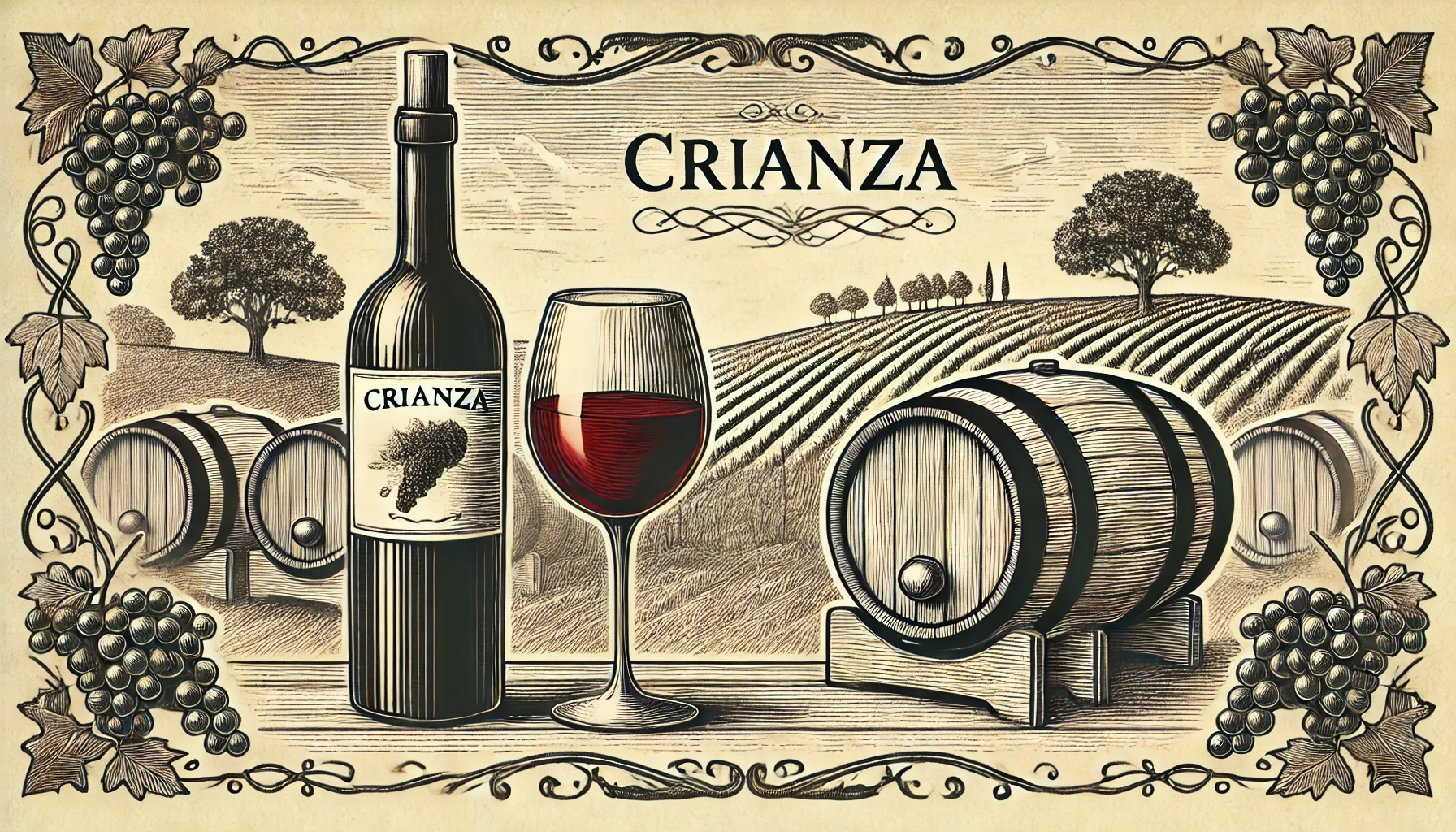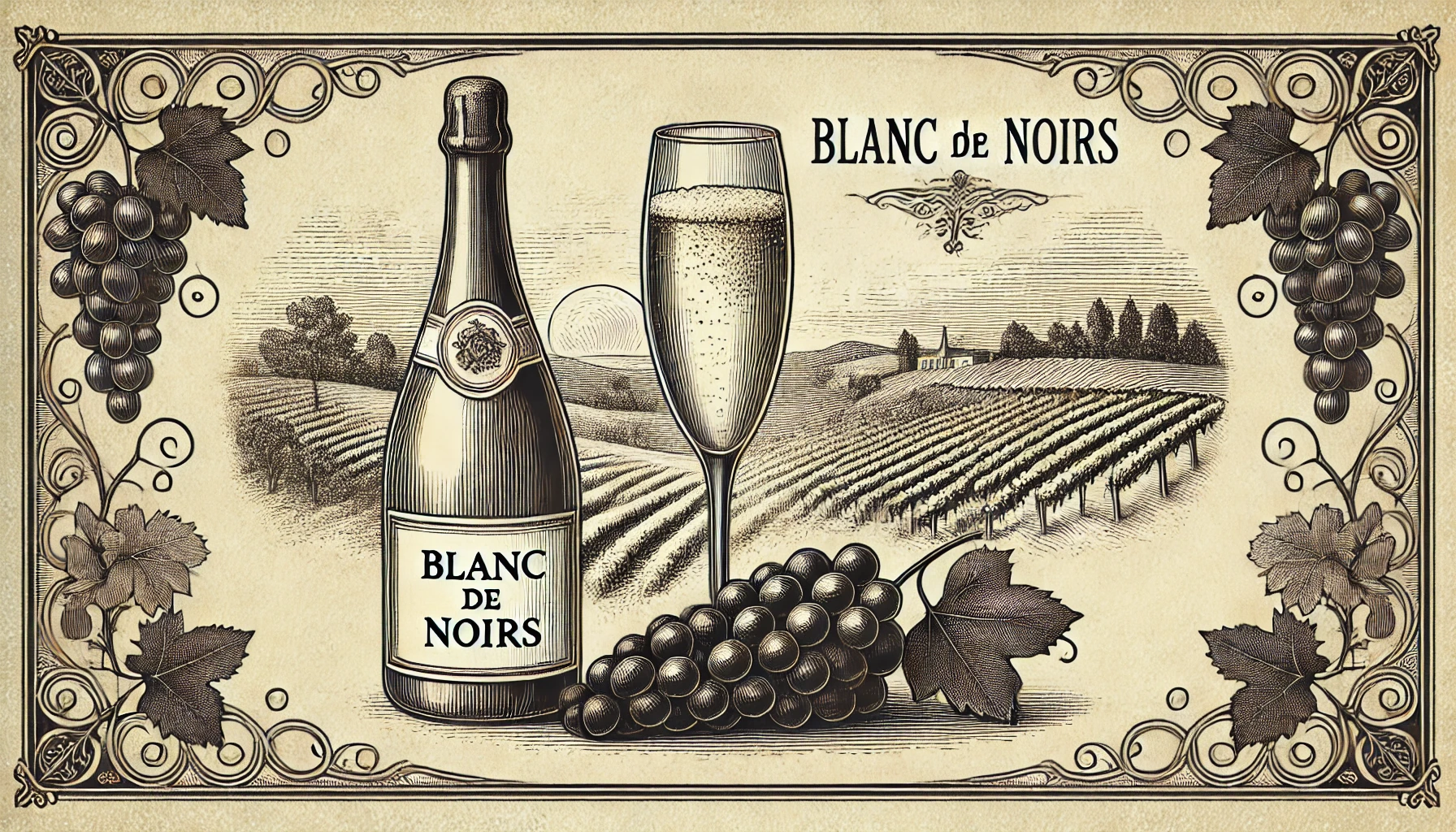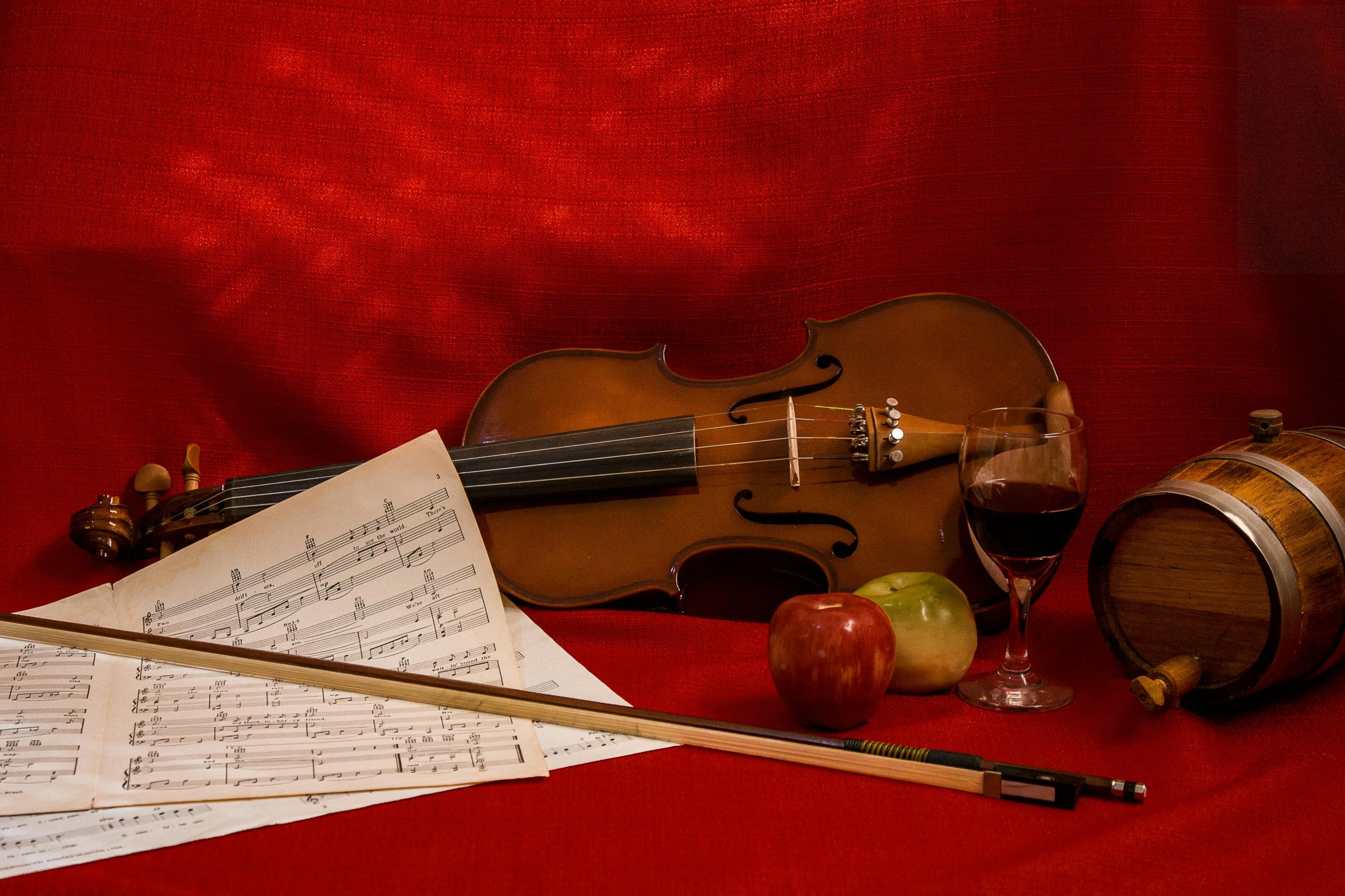
Ever noticed how things we make with our own hands seem to mean so much more? It’s not even about the finished product—it’s the time that makes it special. Like spending hours (weeks, months) knitting a jumper, watching it grow stitch by stitch, then finally wearing it on a chilly morning, thinking, Wow, I made this.
It’s the same feeling when you plant a small tree, watch it grow until it turns into a beautiful giant. Then, imagine cutting that tree one day to craft a violin, and then teaching yourself to play it. Wild, right? But someone once told me they’d do this if they live forever. I still think about that—a reminder of the magic in creating something with so much patience.
This also is especially true with wine.
The Pull of “I Made This”
A while ago, I found myself scrolling the internet (as one does) and stumbled upon small wine-making kits. I wasn’t looking for them, but the idea of making my own wine is really exciting. I could already picture it: sitting with friends, pouring glasses from a bottle with a proud smile and saying, I made this. Or even gifting a bottle to someone special, watching their eyes light up as they hear the story behind it.
The thought stayed with me. There’s just something about creating —something you can taste and share—that feels deeply satisfying. It’s not just wine; it’s a story, a memory, and a piece of your time.

Why Time Adds Value
Ever noticed how things that take time feel the most rewarding? There’s a reason for that. Time creates value. It’s why a handwritten letter feels more special than a text, or why homemade lasagna beats store-bought every time. The effort we put into something transforms it from just a thing into a meaningful part of our lives.
Especially wine embodies this beautifully. Growing your own grapes, pruning your vines, and crafting your very own vintage is a slow process. You can’t rush. And that’s it. Each step builds a connection—to the wine, to the land, the process, and the people who are involved.
The Science of Time and Space (Yes, Really)
If you have some interest in physics (or even if you haven’t), you’ve probably heard of the concept of spacetime. It’s this idea that time and space are interconnected. When we create something, we’re not just using time—we’re bending it into something meaningful. It’s like turning time, or moments, into memories that occupy a special space in our lives.
Every loop of that jumper, every note from that violin, and every drop of that homemade wine is like a little ripple in your personal spacetime. You’ve taken something intangible—time—and turned it into something tangible.
Wine as a Personal Journey
Starting a backyard vineyard is a nice dream, and it’s not as far-fetched as it might seem. You don’t need acres of land to do it. In fact, you can turn a small backyard vineyard into your own little project.
The beauty of growing your own vines and making your own wine lies in the connection you build along the way. From planting the first vine to harvesting the grapes and finally bottling your wine, every step feels personal. It’s not just wine—it’s your wine. And that makes all the difference.
The Magic of Doing It Yourself
Here’s a fun fact: homemade wine doesn’t have to be perfect. In fact, the imperfections often make it more special. The wine might be a little too sweet or a touch too dry, but it’s uniquely yours. And honestly, isn’t that the charm? Just like a hand-knitted jumper might have a slightly uneven hem or a homemade cake might lean a little to one side—it’s the love and effort behind it that counts.
When you pour a glass of wine you made yourself, you’re not just drinking wine. You’re enjoying the hours spent under the sun, the excitement of harvest, and the quiet satisfaction of bottling it all up.
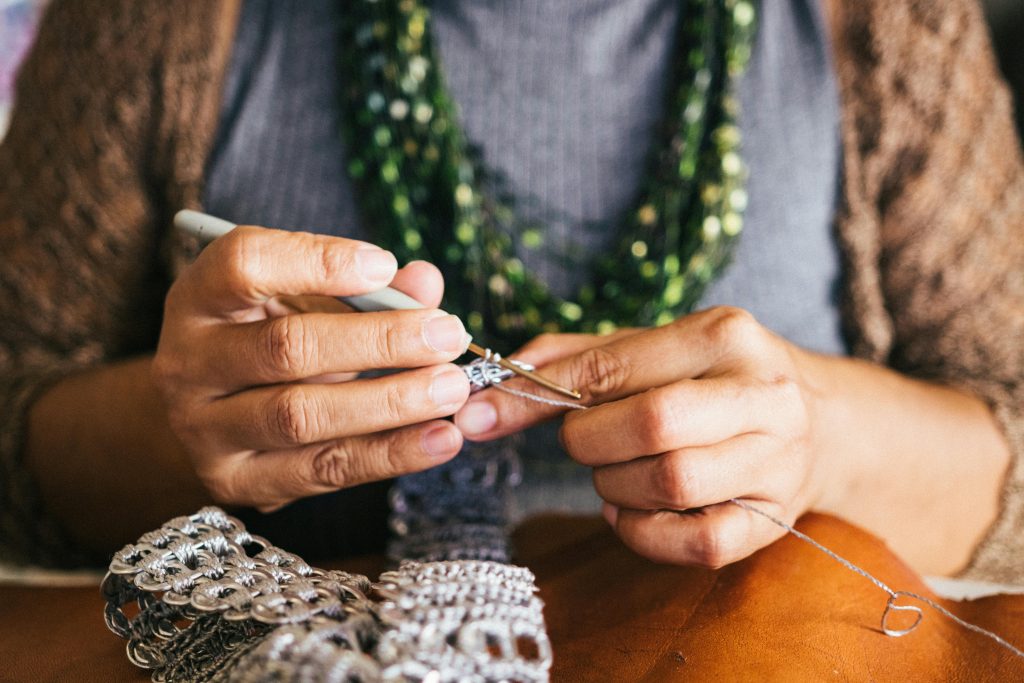
Why You Should Give It a Try
Maybe you don’t have a backyard vineyard. However, starting with a small wine-making kit is an easy way to dip your toes into the process. Just get a bunch of grapes from someone who have some vines. It’s surprisingly approachable and, addictively fun. Plus, it’s a chance to see the world of wine from a whole new perspective.
And the best part?You can share it. Invite your friends over for a tasting or give a bottle to someone special. Watch their suprised faces when you say, I made this.
A Final Thought
There’s a certain magic in doing things ourselves. It’s not just about the final product—it’s about the time, effort, and love we pour into it. The things we create carry a little piece of us. They remind us that time is valuable, effort is rewarding, and life is better when we share.
So, what are you waiting for? Whether it’s planting vines, knitting a jumper, or learning to play a handmade violin, take the leap. You might just create something timeless.
